Fix: Windows Update Error 0x8024a11a on Windows
The Windows Update error 0x8024a11a can be caused by a number of factors which include the corrupted system or boot files etc. This error prevents users from restarting or shutting down their machine and the system is only able to go to sleep mode. The error message itself delivers the message of having difficulties while restarting the system.
In some cases, restarting your system manually a couple of times fixes the issue, however, it is not bound to work for everyone. An official workaround for this error hasn’t been released by Microsoft, however, considering the senescence of the error, there are a couple of fixes that you can implement to get around the said error. But before we get into that, a look at the causes is necessary.
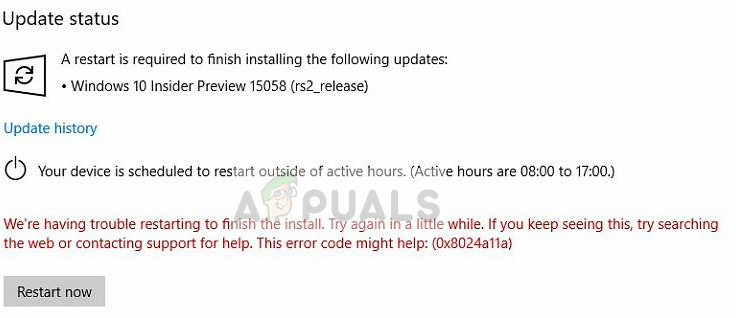
What causes the Windows Update Error 0x8024a11a on Windows 10?
As we mentioned earlier, the error can be caused due to several reasons which include —
- Corrupted system or boot files. Whenever you restart your system, your boot files are being utilized to help the system restart safely. However, if your system or boot files are corrupted, it can cause the error to pop up.
- Windows update services. Another reason due to which users encounter this error would be if the required services for Windows update are malfunctioning.
- Third-party antivirus. Sometimes, the error can be caused due to the interference of your third-party antivirus with the update process.
To get your system back on the road, use the following solutions.
Solution 1: Restarting your System Multiple Times
As the error message suggests, the update is failing because the system isn’t able to restart. Therefore, your first step should be to restart your system multiple times. In most of the cases, you won’t be able to restart your system from the Start Menu. If this is applicable to you, you’ll have to force it by unplugging the switch. If not, just restart your system multiple times from the Start Menu and see if it fixes the issue.
In case your error persists, follow the below-mentioned solutions.
Solution 2: Run Windows Update Troubleshooter
Microsoft has a built-in troubleshooter for various things including Windows update. The troubleshooters scan your system for the cause of the error and then tries to fix it. The Windows Update troubleshooter has fixed this issue for certain users, hence, make sure to give it a try. Here’s how:
- Press Windows Key + I to open Settings.
- Go to Update and Security.
- On the left menu, navigate to Troubleshoot.
- Select Windows Update and then click Run the troubleshooter.
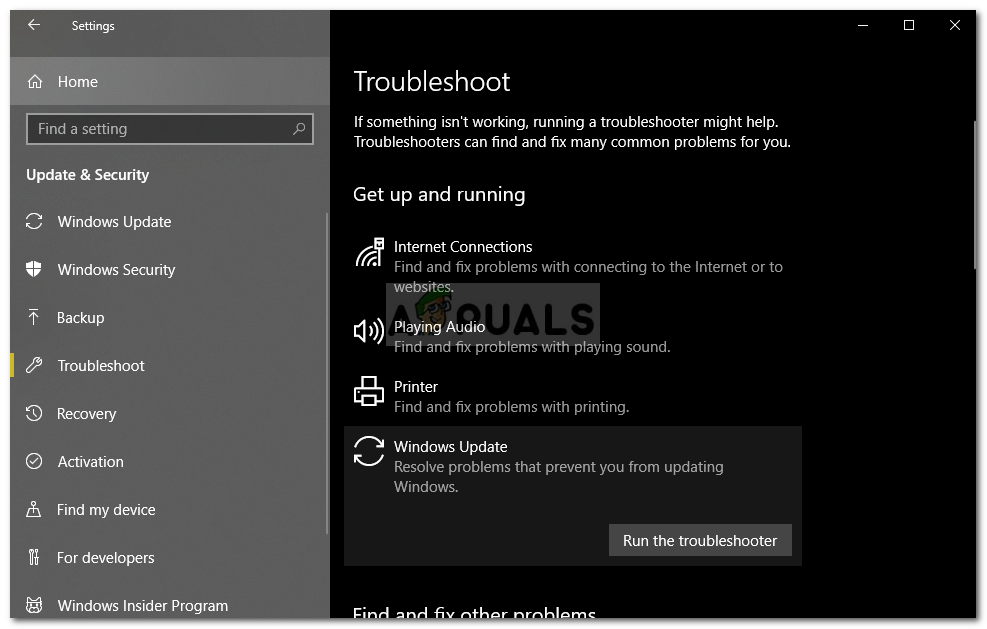
Windows Update Troubleshooter
Solution 3: Checking your System for Corrupted Files
The error can be caused by corrupted system files as we mentioned above. In such a scenario, you’ll have to scan your system for corrupted files using Windows built-in utilities. System File Checker (SFC) and Deployment Imaging and Servicing Management (DISM) are Windows built-in utilities that let you search your system for corrupted files and then repair them using a backup copy. However, in certain cases, SFC doesn’t catch the error due to which you’ve to make sure to run DISM as well.
To execute System File Checker, please refer to this article. For DISM, refer to this article published on our site.
Solution 4: Running Windows Module Installer
Windows Module Installer is a Windows update service that lets you install, remove or modify Windows updates. For an update to successfully complete, this service has to be running. Certain errors can pop up if the said service is stopped. Therefore, make sure to start the service. Here’s how:
- Open an elevated command prompt by pressing Windows Key + X and selecting Command Prompt (Admin) from the given list.
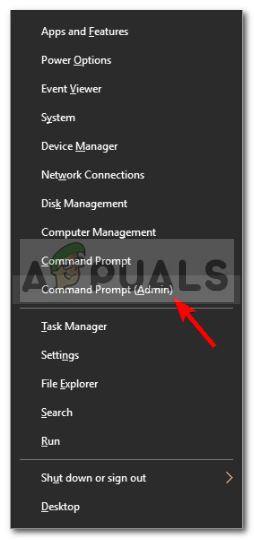
Starting Elevated Command Prompt - Inside the command prompt, enter the following command:
SC config trustedinstaller start=auto
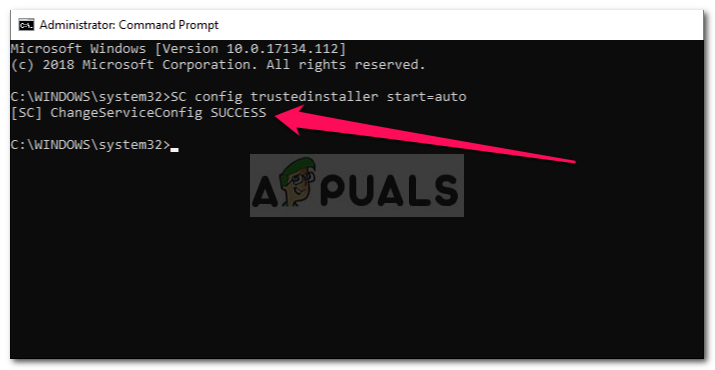
Setting Windows Module Installer to Start on Bootup - This will set the service to start automatically on boot up.
- Restart your system and give the update a go.
Solution 5: Disabling Third-Party Antivirus
Your antivirus can be intervening with the update process and preventing your system from restarting due to which the error is popping up. Some users have reported that their issue was resolved once they turned off their antivirus. Hence, make sure to turn off your antivirus and then run the update.
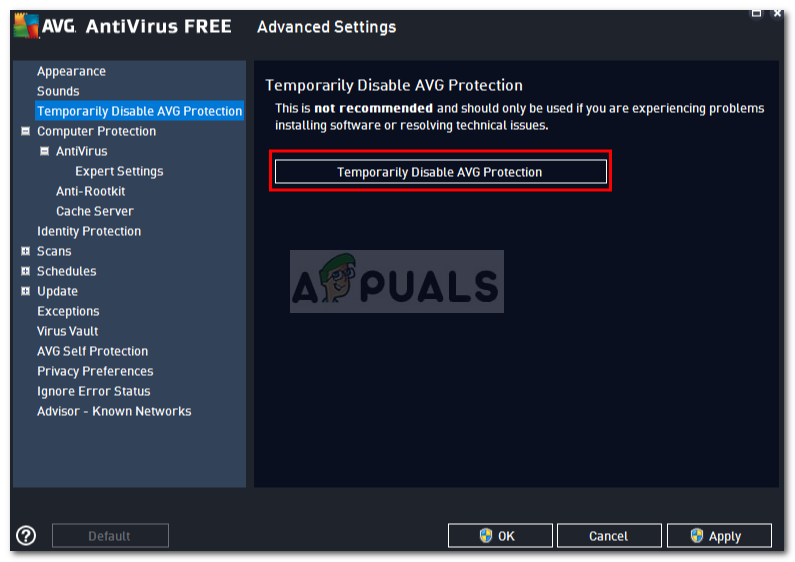
If this fixes your problem, maybe you should look for an alternate antivirus or remember to turn off your antivirus everytime you run an update.
Solution 6: Installing the Update Manually
If none of the above solutions work out for you, you’ll have to install the update manually. This can be easily done. You’ll have to copy the KB code from the Update Settings and then search for it on the Microsoft Update Catalogue. If you’re confused and don’t know how to download the update manually, here’s how:
- First of all, click ‘View update history’ in the Windows Update settings.
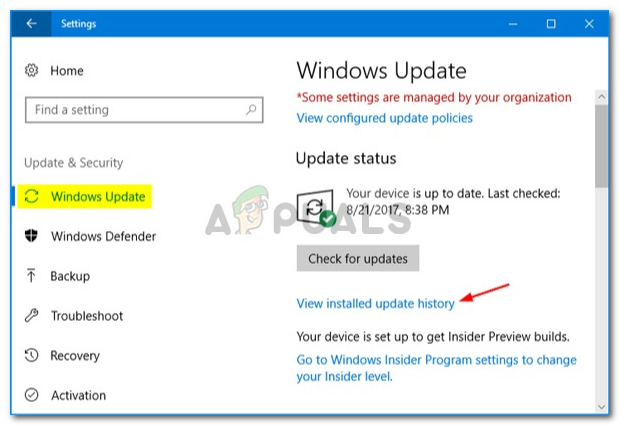
- Copy the KB code which is usually listed at the top.
- Open up a browser and head to Microsoft Update Catalog website.
- Search your KB code.
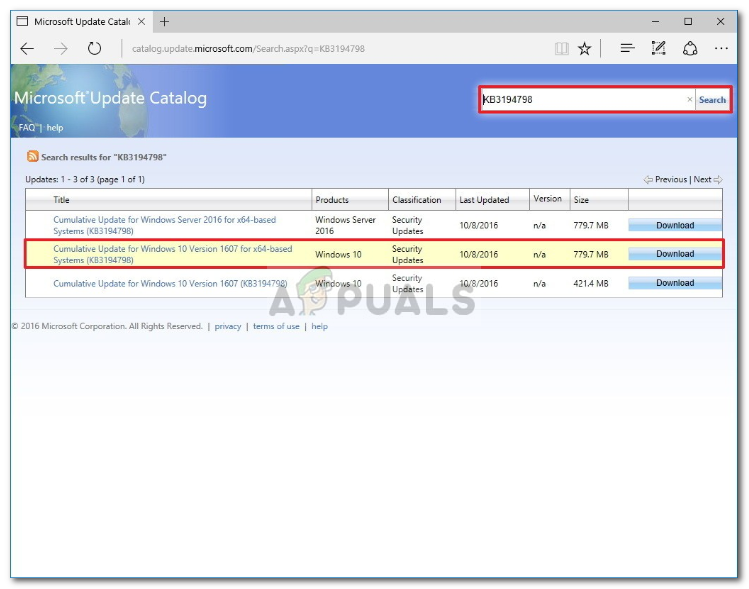
- Download the update for your system’s respective architecture (32-bit or 64-bit).
- Once you’ve downloaded the update, open an elevated command prompt as mentioned under solution 4.
- Enter the following command:
wusa C:\PATH-TO-UPDATE\NAME-OF-UPDATE.msu /quiet /norestart
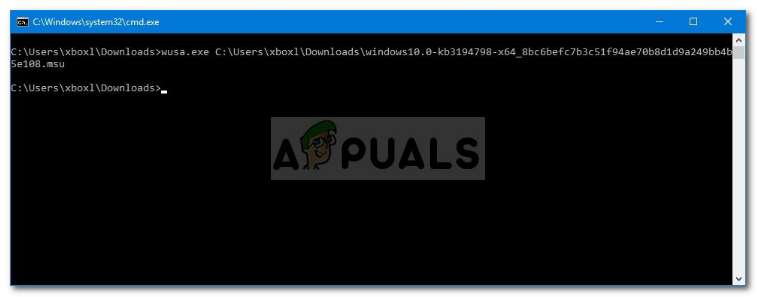
Installing Windows Update Manually - Reboot your system.





